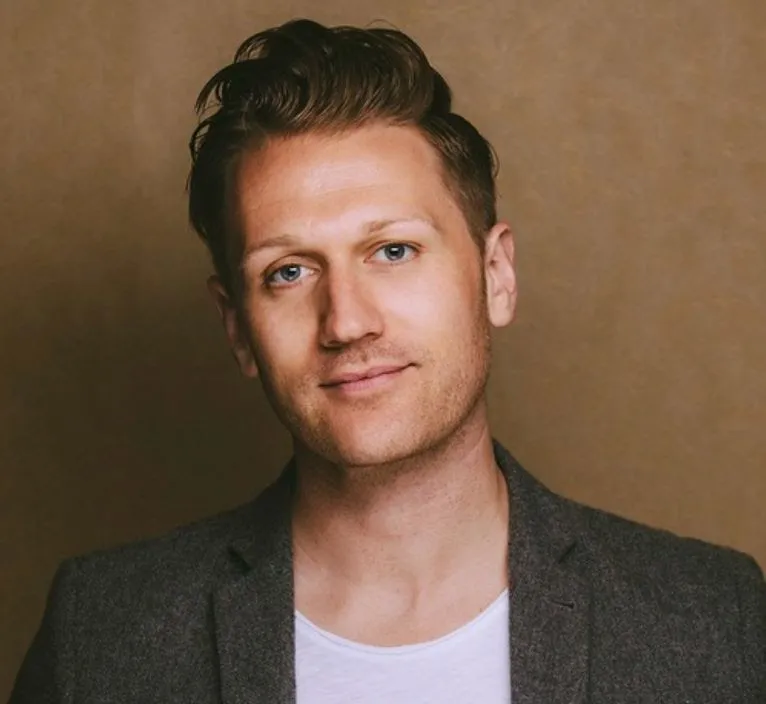If there's one thing every sales rep or Customer Success Manager wants, it's to get inside the head of their customer and understand what they're thinking.
But it's easy to overlook the information they are giving you.
All conversations hold significant information about the customer, the market, the organization and more. Therefore understanding your customer calls through call tracking and using this to optimize performance is a game-changer for all sales professionals and revenue teams.
There is one thing that has stayed popular over the course of time since Alexander Graham Bell and the invention of the telephone: the need to communicate better. Not just hearing but truly listening to your customer pays dividends.
Hybrid/remote relationship building - the evolution of customer meetings
The way sales reps schmooze the customer with business lunches or coffee meetings changed in early 2020. In the past, many professionals would have spent endless hours traveling to their next meeting whilst sitting on a train or bus researching information about their prospect’s interests and behaviors to make a good impression, understand their priorities and motives and prime them for a sale.
Now they need to factor in this preparation at home and the way they connect (be it on video meeting or phone call) takes different considerations.
Sales call recording or tracking and conversational intelligence are relatively new tools for most sales teams. New and improved software intelligence tools are developing every day to allow sales teams to get a better understanding of their customers before they even step into a virtual or face-to-face room. Call tracking and conversational analytics have given the sales rep a more accurate understanding of what their customers are looking for.
What are the benefits of call tracking?
Sales, customer success, marketing, operations and product development teams can lift the lid of what is being said by the customer by listening in on customer calls. The voice of the customer captures data on what the customer said, what they got excited by, what they do and don’t want, plus their expectations.
With this analysis, the respective business teams can then make more informed decisions on developing a strategy for how they can help the customer; and although the long lunches and face-to-face meetings are not entirely dormant, they’re definitely more challenging to arrange since the big shift to remote working.
These relationship-building activities are also undeniably much more time-consuming and expensive for businesses. Therefore, call tracking with conversation analytics is a quicker, cheaper and often more insightful way to understand communication with your customers on a deeper level.
How does call tracking work?
Outbound and inbound call tracking or call recording software records, transcribes and analyzes all customer your interactions, often fitting right into your tech stack alongside your video call or conferencing tools and CRM.
It stores a library of data that is easy to search for and find at any time (during live or past interactions). This enables you to live coach, self-coach, or share customer interactions with other team members.
Some call tracking providers use conversation intelligence and machine learning to detect key themes in your conversation, so you can keep track of customer sentiment and market trends and perceptions.
Automatically pushing the notes and actions from each meeting direct to your CRM, call tracking tools aid thorough and comprehensive documentation so any team can gain an in-depth view of each customer and you, as a sales leader, can identify the important customer and coaching moments.
How to make the most of call tracking analytics:
#1 Analyze real-time and historical recorded call data on customer feedback and preferences to make a strategy to sell. Get to know their communication and buyer journey preferences as well as hurdles or processes they may need to get through internally to get sign-off. The more you know about the frictions they experience, the more you focus on easing them, to maximize your conversion efforts.
#2 Watch out for early problems and quickly make a solution to fix them. Listen for negative sentiment, indicators of problem areas and mentions of competitors. The earlier you can spot these the better, so you can encourage open conversation with your customers and produce the best outcome.
#3 Look at trends in customer behavior to stay ahead of the game. Collate data across calls to highlight trends on the rise - maybe new priorities or concerns for your ICP, mentions of a new competitor or new internal structures processes in place.
#4 Research and identify stages of the customer journey. This gives you great insight into when and how to up-sell and renew contracts. Maintaining a current customer is always cheaper than getting a new one, so don’t forget to use call tracking for existing customers as well as new prospects.
#5 Research to develop products and services. Use call tracking as a form of market and customer research to find out what else they would like from your product or what new add-ons or features would create the most value.
#6 Improve customer/sales rep relationships. Call tracking means reps are more present in the call itself, as they don’t have to worry about note-taking, and allows them to revisit the conversation to analyze it with the benefit of hindsight.
Ultimately, you will understand your customers better.
What does the future hold for call tracking?
We asked Tom Lavery, CEO and Founder at Jiminny "what do you think the future will be in the next 1-3 years? What’s in store for sellers?"

"Overall, I feel the future will lead to more and more automation. The reps do not have to tell the CRM what type of call it is, it will just know it was a Discovery for example. The CRM fields will be populated from the talk track and transcript."
So how does call tracking fit into your tech stack? We've broken down conversation intelligence, revenue intelligence and call recording here. Get to know the differences, and why each component matters.





.webp)






